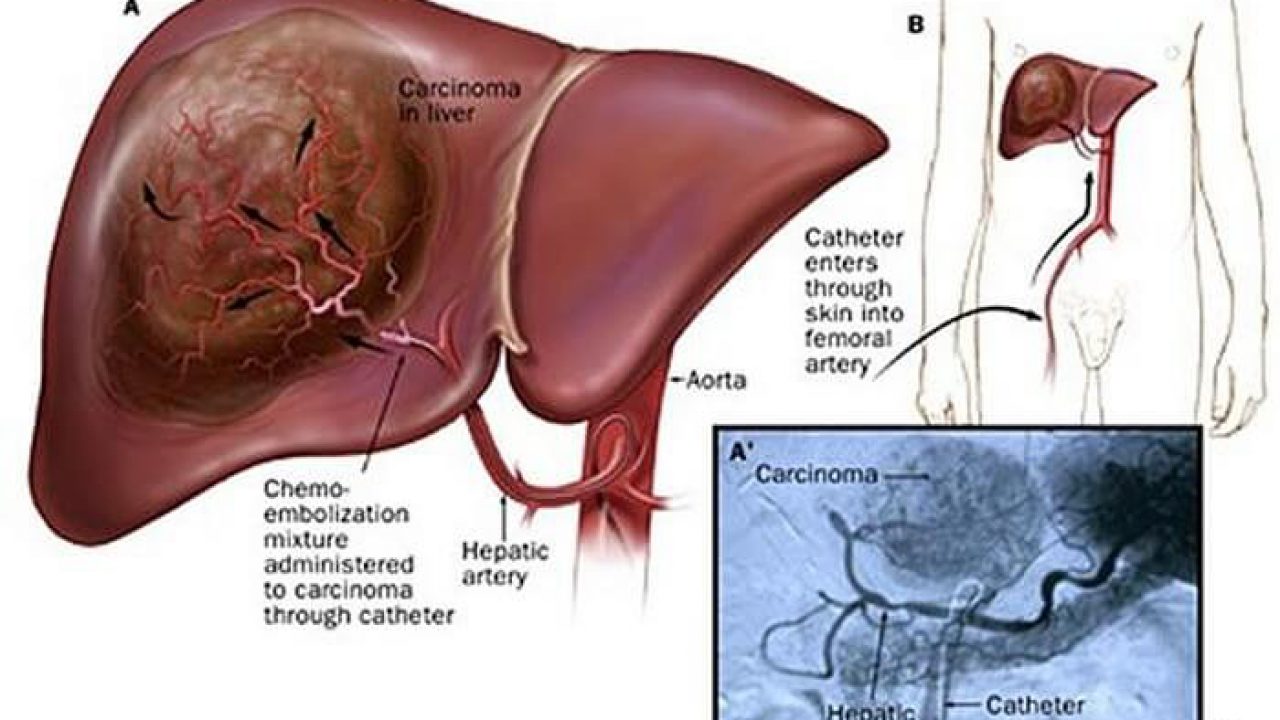The Benefits of Chemoembolization for Liver Cancer Treatment in Farmington

liver cancer treatment Farmington
Chemoembolization, sometimes referred to as hepatic artery chemoembolization or HACE has been found to be one of the most effective ways to treat liver cancer. It’s also especially useful in treating cancers that have spread from other areas in the body, such as the colon or rectum. For more information on the benefits of this cancer treatment and how it can help you, read on. read also about : Cervical Clamp
What is chemoembolization?
Chemoembolization is a treatment used to kill cancer cells that have spread to the liver. It is done by injecting small particles into the blood, which are then filtered through the liver. The particles are attracted to cancer cells, and they attach themselves to the cells and destroy them. Chemoembolization is a less-invasive alternative to removing part or all of the liver, which can be an option if chemoembolization doesn’t work or there are other complications. Chemotherapy may also be used with chemoembolization as well. Patients typically return home the same day of their procedure and resume their regular activities after about one week. There are no long-term side effects from this procedure.
Who is it for?
Liver cancer treatment Farmington is a minimally invasive procedure that allows patients to avoid the intense side effects of surgery. As such, it is an attractive option for many people who are looking to treat their liver cancer. If you are interested in liver cancer treatment in Farmington, contact our office today. You can also visit this site to learn more about liver cancer treatment or download our free eBook: Liver Cancer – What You Need to Know.
What does it involve?
Chemoembolization is a minimally invasive procedure that delivers chemotherapy to the liver through a catheter while they are still inserted into the vein. It’s typically performed under sedation, so you’ll be asleep and pain-free during the process. Chemoembolization can also be used to shrink large tumors or lesions in other parts of your body before surgical removal, as well as reduce pain or block the blood supply to certain tumors.
It may also be an alternative treatment if you’re too sick or weak for major surgery or radiation therapy.
What happens after the treatment?: After chemoembolization, you will likely need IV fluids because it can cause vomiting and diarrhea from some side effects of the treatment.
You may feel nausea when eating due to low blood sugar levels from all the fluid intake required post-treatment.
Where do patients go after treatment?
After treatment with chemoembolization, patients can go home. If a patient needs to stay overnight, an area hospital is available. Once the procedure is complete, there are only occasional follow-ups required during their recovery. For liver cancer treatment in Farmington, these results are common and very successful. It’s important that any person who has been diagnosed with liver cancer understands this diagnosis and its risks so they can make decisions about care based on what’s best for them.
What are the benefits and risks of this procedure?
Chemoembolization is a minimally invasive procedure that targets liver cancer — more specifically, cancer that originated in the liver or spread there from other areas in the body. This treatment avoids surgery by delivering chemotherapy drugs directly to the tumor site via catheters, which are inserted through a small incision into a blood vessel. The benefits of this procedure include avoiding major surgery and reducing risk to healthy organs.
See more info tips to develop healthy habits
